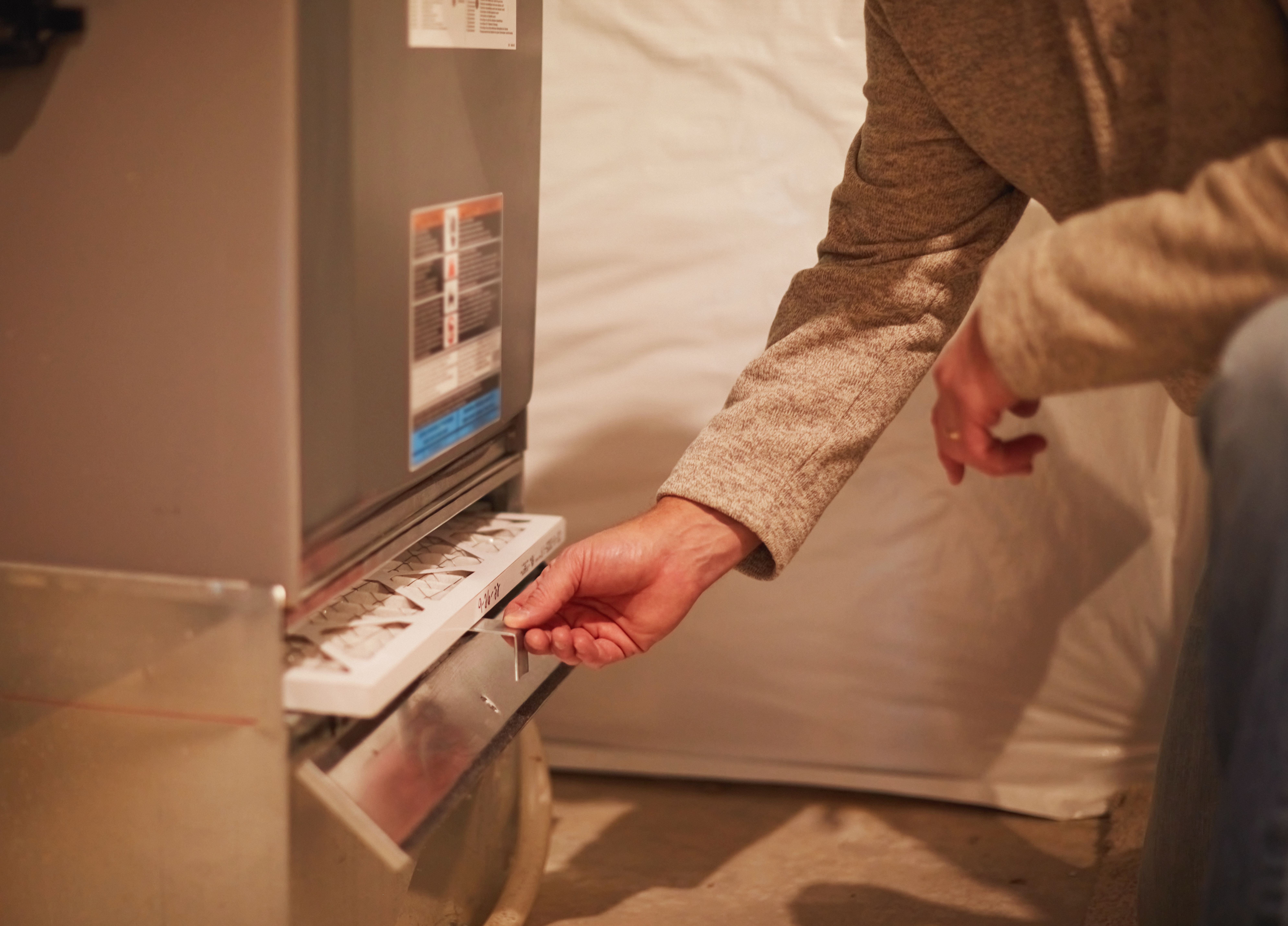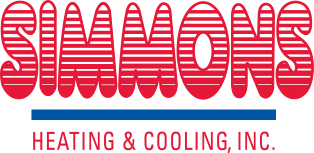
The cost of replacing the furnace in your Chesapeake, VA home is dependent upon multiple factors. Foremost among these are the size of your house and your overall heating needs. Furnaces with higher BTUs and greater heating power typically cost a bit more than heaters that are built to serve smaller areas. If you have a 2,000 sq. ft. home and are gearing up for furnace replacement, the following are several important things that will impact your bill.
Your HVAC Air Ducts
Replacing a furnace is rarely as easy as pulling an existing unit out and sliding the new one in. Most furnaces last between 15 and 20 years, and numerous changes happen in HVAC technologies throughout this time. You’ll likely find that modern furnaces are significantly larger than the model you currently own. Changes in efficiency, power, and dimensions usually make HVAC air duct replacement or modification a necessary part of these projects.
It’s also important to note that HVAC air ducts have limited lifespans too. Ductwork systems typically last between 10 and 15 years, which closely matches the expected lifespans of furnaces. Rather than budgeting for a furnace alone, be prepared to spend a little money on your air ducts as well. Total duct replacement in a standard family home costs between $1,300 and $4,500 based on factors like preferred duct styles and materials, accessibility, and building layouts.
The Level of Efficiency You Want
The efficiency of residential heating equipment is denoted by annual fuel utilization efficiency (AFUE) ratings. AFUE ratings reveal how much of the fuel that a heater uses is converted into heat energy. It also shows how much of this same fuel is lost as exhaust gases due to incomplete combustion. There are standard-efficiency furnaces, mid-efficiency furnaces, and high-efficiency furnaces.
Standard efficiency furnaces cost less than their alternatives, but they have AFUE ratings of just 80%. 20% of the fuel that they consume is wasted, and they have a greater impact on the natural environment as a result. Although you’ll pay a lot less upfront for a standard efficiency furnace, you’ll wind up paying more to use it over time.
Mid-efficiency furnaces are a comfortable target for homeowners who don’t have massive budgets for heater replacement but still want reasonable heating costs and modest carbon footprints. Mid-efficiency furnaces have AFUE ratings that range between 90% and 93%.
High-efficiency furnaces produce the least amount of energy waste. In fact, some high-efficiency furnaces have AFUE ratings as high as 98.5%. These furnaces have two separate heat exchangers. As such, they’re noticeably larger than older and less efficient furnaces, and they’re also quite a bit bigger than new standard efficiency and mid-efficiency options.
On average, standard efficiency furnaces cost between $500 and $1,500. Mid-efficiency furnaces cost between $1,000 and $3,000. High-efficiency furnaces cost between $2,000 to $6,000. However, with 2,000 square feet of indoor space to keep warm, you’ll likely find that the most suitable options for your home are priced at the higher end of these averages.
The Type of Furnace You Purchase
In addition to furnaces with specific efficiency ratings, there are also oil-fired furnaces, natural gas-fired furnaces, and electric furnaces. Many homes throughout Chesapeake are built to support either oil-fired or gas-fired heating. If you had an oil-fired furnace before, switching to an electric or gas-fired heater could require costly infrastructure changes.
Electrical System Upgrades
Even oil-fired and gas-fired furnaces require electricity. The fuel that your furnace burns is converted into usable heat. However, your furnace’s ignition switch and many of its internal components are powered by electricity.
When installing a new furnace, you’ll have to make sure that your current electrical system can support it. For safe and proper furnace installation, your electrician must:
- Assess the heating load of your new heater
- Inspect your electrical system
- Evaluate the placement of your thermostat
- Make essential changes to the related wiring, circuit breaker box, and electrical panel or sub-panels
Having a licensed electrician perform this work will likely cost between $200 and $400.
Structural Modifications to Your Furnace Storage Area
If you opt for a high-efficiency furnace with two heat exchangers, you’ll probably need to have your furnace storage area modified to accommodate it. Even if you choose a furnace with an efficiency level that’s comparable to your old one, there’s a good chance that your new unit will still be significantly larger. Depending upon the extent of the required changes, the related drywall, framing, flooring, vent, and drain work could cost between $200 and $500.
In total, many homeowners pay between $3,000 and $8,500 to replace their furnaces. In larger homes with 2,000 sq. ft. of space or more, homeowners should expect to pay between $5,000 and $10,000. Factors like special and advanced system features and HVAC zoning matter too.
We’ve been helping residents of Chesapeake, VA maintain comfortable homes since 1964. We offer furnace, heat pump, and air conditioner maintenance, installation, and repair services. We also provide generators, boilers, radiant heating, and cutting-edge indoor air quality solutions. If you need a new furnace, call Simmons Heating & Cooling today to request a quote!

 view specials
view specials BOOK ONLINE
BOOK ONLINE